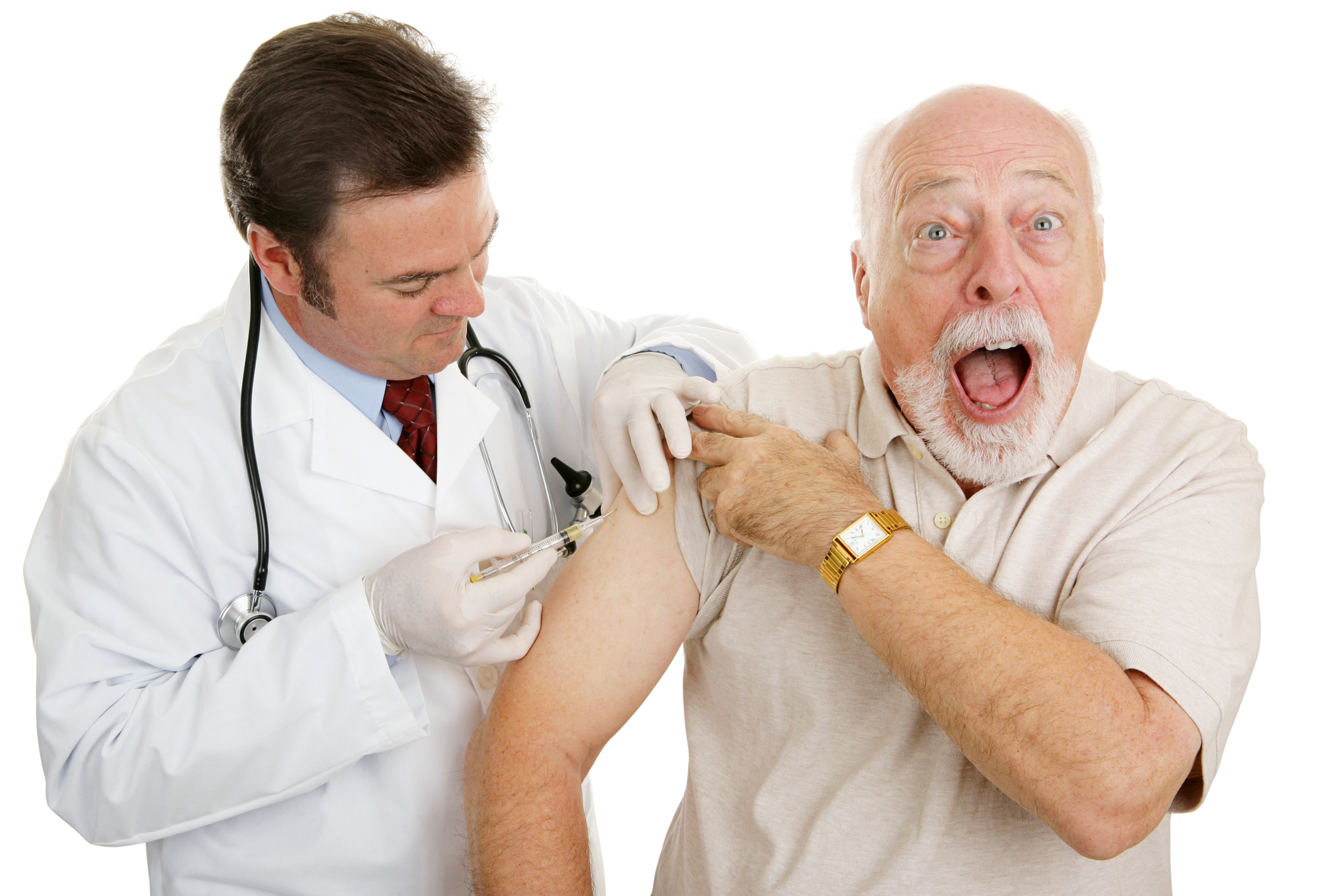With the 2019 number of measles cases rising to 387 as of the end of March in the United States, outbreaks threaten to rival 2014 in which a large outbreak among unvaccinated Amish communities in Ohio and travellers from the Philippines accounted for high numbers of measle cases. The current outbreaks are linked with travellers who brought measles back from Israel, Ukraine and the Philipines.
While the Centers for Disease Control reports that the majority of people who got the measles were unvaccinated, it’s important to know if you have been fully vaccinated against measles. Because the measles vaccination program didn’t start until 1963, some older adults may not have received the vaccine for MMR or may be remember being sick but not sure if they were ill with measles as a child.
Despite having had measles as a child or exposure to measles, some older adults born before 1957 may not have sufficient immunity levels to fight a measles outbreak. Your doctor can have a blood test done to check immunity levels for measles and determine if an extra dose of the MMR vaccine is warranted, especially if you are travelling to countries that may pose a risk.
According to a recent report in the Chicago Tribune, a live version of the MMR vaccine was introduced in 1963 and has been demonstrated to work well providing protection against measles but a “killed” version, also administered between 1963 and 1967 did not work as well and may require a booster.
Symptoms of Measles
- high fever,
- cough,
- runny nose (coryza), and
- red, watery eyes (conjunctivitis).
- Two or three days after symptoms begin, tiny white spots (Koplik spots) may appear inside the mouth.
- Three to five days after symptoms begin, a rash breaks out.
Source: CDC
Measles is a highly contagious virus that can spread to others through coughing and sneezing and can live on surfaces and in airspace for up to two hours. Before the measles vaccination program started, about 3 to 4 million people got measles each year in the U.S. and of those, 400-500 died, 48,000 were hospitalized and 4,000 developed encephalitis from the disease.






Add Your Voice
0 Comments
Join the Discussion